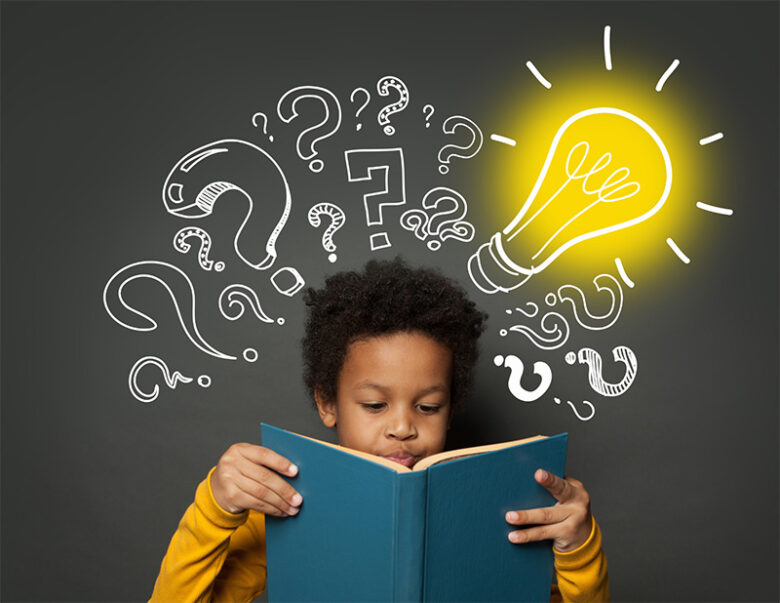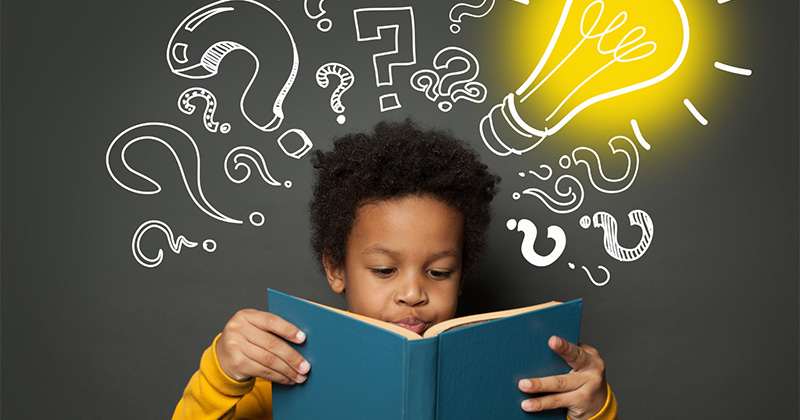Bilingualism is a difficult phenomenon to measure due to the different definitions that it encounters, with some authors considering that it is necessary to have a native level in both languages, while others have a more inclusive view. Despite this, the European Statistical Office reports that 64.6% of working-age adults speak at least one foreign language (EUROSTAT, 2019).
In a world of bilingualism, bilingual books, also called dual language books, are part of the daily life of both children and adults and are a very interesting tool in areas like education. Baylac-Ferrer (2009) and Pérez (2003) explain that the use of bilingual books in initiatives that use different languages improves linguistic competency, achievements, and the empowerment of students.

Types of bilingual books
Bilingual books are books that are written in two languages. Jeffers (2009) and Semingson et al. (2015) differentiate five categories of bilingual books:
- Full-text translations: The book’s entire story is shown in two languages.
- Single-language translations: Different translations of the same book.
- Embedded Text: The story is presented in one language, with words and phrases from another.
- Wordless books: Technically, they are not bilingual because they only have pictures. However, they can assist in storytelling in different languages.
- Concept bilingual books: One theme that is shown through different languages.
Benefits of bilingual books
Bilingual books have several benefits, both inside and outside of the classroom. They can support language development when working with students who speak several languages and have multicultural backgrounds (Semingson et al., 2015).
When presenting a book in two languages, speakers of both languages learn more rapidly and are more aware of the multicultural global community in which we live (Jeffers, 2009). Bilingual books provide a basis where languages are equally valued, resulting in children being recognized as knowledgeable and showing support for their native culture and language (Semingson et al., 2015).

Multilingual works have a long history in Europe. In Spain, we can find the first examples of this kind of literature with the “jarchas”, poems in classic Arab or Hebrew with embedded words in Andalusi Romance (Canónica, 1996). Later, the use of different languages was especially prolific in theatre, where the authors tried to show the reality of the diversity of languages in Spain and how they relate to the different social classes and power relationships between the characters (Canónica, 1996). Currently, many of the bilingual books are related to the different processes of colonization and migration and the relationship of the authors with their languages (Hadaway & Young, 2013).
Our project BiblioLingua focuses on creating ebooks in English to improve the language skills of students, with a particular interest in improving the accessibility of those who have specific learning disorders, hearing impairment or disadvantaged backgrounds.
Moreover, in this project, we are going to translate five of the eBooks into French, Italian, Spanish, Estonia and Slovakia, therefore creating bilingual books which will support their learning process and make them more aware of the diversity of cultures and languages that we can found in our societies (Jeffers, 2009).
Furthermore, we consider that the ebook format offers complementary benefits since ebook readers provide the possibility to adapt the text size, the font, and the background colour, making them easier to understand by students with visual impairments and problems accessing or understanding the material. These aspects make Bibliolingua a culturally and socially inclusive project that reflects the reality of our global society.
Bibliography
- Baylac-Ferrer, A. (2009). Catalunya Nord: Societat i identitat: Reflexions, vivencies i panorama cátala. Trabucaire.
- Canónica, E. (1996). Lenguas en la escena: el plurilingüismo en el teatro prelopesco. In Ignacio Arellano et al.(Coords.), Studia Aurea. Actas del III Congreso de la AISO (pp. 109-118).
- EUROSTAT. (2019). Foreign language skills statistics. Luxembourg: Publications Office of the European Union. Retrieved from https://ec.europa.eu/eurostat/statistics-explained/index.php?title=Foreign_language_skills_statistics
- Hadaway, N. L., & Young, T. A. (2013). Celebrating and revitalizing language: Indigenous bilingual children’s books. Bookbird: A Journal of International Children’s Literature, 51(3), 56-68.
- Jeffers, D. (2009). Bilingual books. Children & Libraries, 7(3), 38.
- Semingson, P., Pole, K., & Tommerdahl, J. (2015). Using bilingual books to enhance literacy around the world. European Scientific Journal.

